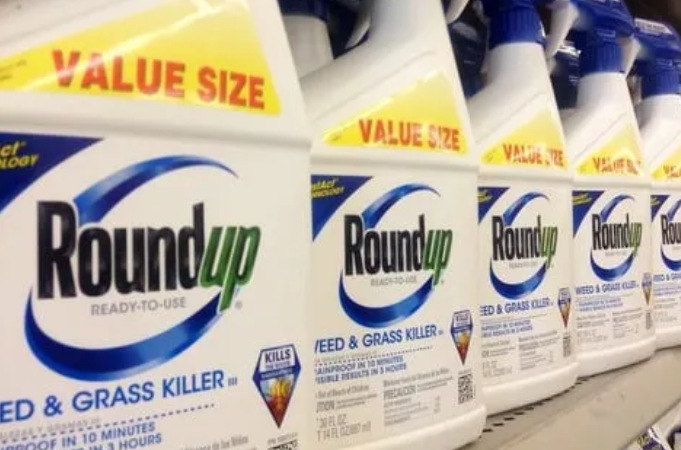It’s reasonable to wonder how things are going now that Environment Minister Steven Guilbeault declared last year that the Trudeau administration has committed “north of $200 billion” to “more than 100 measures to support climate action.”
For example, the federal government claims that the carbon tax is essential to bringing Canada’s industrial greenhouse gas emissions down by at least 40% from 2005 levels by the year 2030.
How is that going for you?
As Guilbeault stated last week in response to Tory MP Dan Mazier’s order paper question, “The government does not measure the annual amount of emissions that are directly reduced by federal carbon pricing,” so the answer is, once again, unknown.
This is true even though it is estimated that the tax will account for up to one-third of Canada’s 2030 emission reductions.
However, according to the most recent government data, which is from 2021 because emissions are reported two years after the fact, our emissions increased by 11 million tonnes in 2021 over 2020, going from 659 million tonnes to 670 million tonnes.

Jonathan Wilkinson, the federal environment minister at the time, forecast in April 2021 that Canada’s emissions would continue to decline annually after 2020.
“We anticipate annual decreases – precise decreases – beginning in 2020 and continuing until 2030,” Wilkinson stated to the Globe and Mail.
When the government announced in April 2023 that its 2021 emissions were 11 million tonnes higher than in 2020, that proved to be untrue.
It won’t be known until April 2024 if Canada’s emissions increased or decreased in 2022 compared to 2021, and it won’t be known until April 2025 if they increased or decreased in 2023 compared to 2022.
We also don’t know how well the more than 100 other government initiatives “to support climate action,” which are expected to achieve at least two-thirds of Canada’s emission reductions in 2030, are working, given that the government estimates the carbon tax will be responsible for up to one-third of those reductions.
Given that the government is investing $200 billion of our funds in it, that is a lot to not know.





Recent Comments